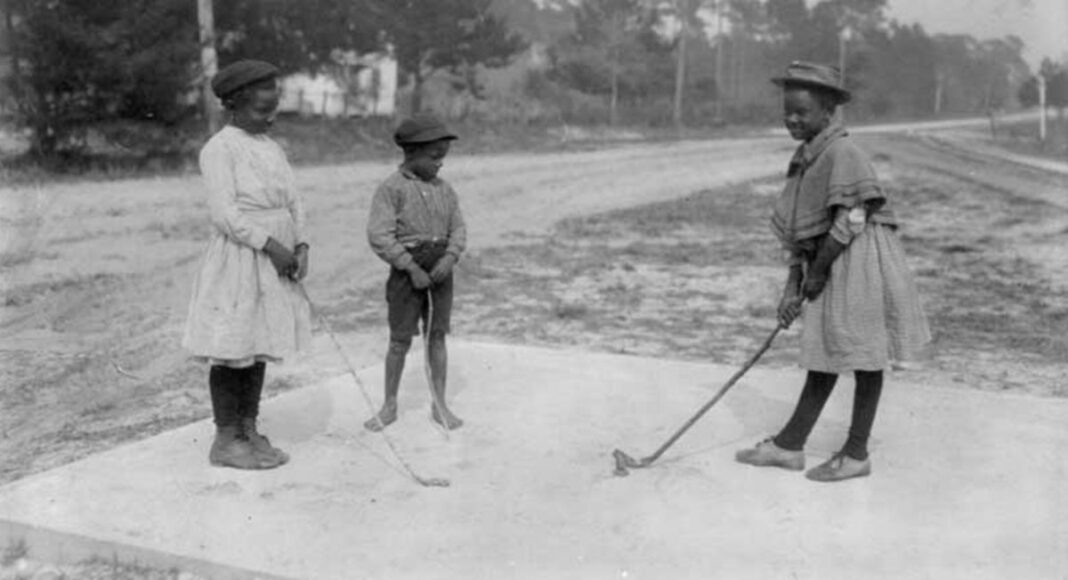Since the start of the pandemic, Cabrillo Gallery has had to adapt exhibits through its website and social media.
But the gallery’s newest show, “Bearing Witness: Manifesting Black History from Photographic Archives,” is one that might not have existed outside a virtual format.
“Honestly, it’s something we couldn’t mount in a physical exhibition,” said Gallery Director Beverly Rayner. “The fact we’re not open physically makes it a great time to do a show like this—it’s perfect for this year.”
“Bearing Witness” opens Monday. It presents digital archives of about 100 images by Black photographers throughout history, from the dawn of photography and beyond. The show covers subjects such as professional studio portraits, traveling photographers, the Civil War and emancipation, Black universities and more.
Rayner and Program Coordinator Victoria May said they had been wanting to do a show specifically for Black History Month, which takes place in February, for a long time. Then, when Black Lives Matter (BLM) actions unfolded in the summer of 2020, they saw even more reason to.
“So many aspects of history, and especially inequality, have been about ignoring others’ experiences,” Rayner said. “We’ve always had a mainly white-controlling narrative. This [exhibit] is a way to subvert that. It’s a way to shine light on others’ experiences.”
Added May: “What strikes me most are the more ordinary images of people in daily situations … sweet, everyday images of everyday life. This is a parallel society who’s been ignored throughout history.”
“Bearing Witness” was curated by Kathryn Mayo, professor of photography at Cosumnes River College in Sacramento. Rayner contacted Mayo to be part of the show after seeing her posts on social media about BLM.
“When I reached out … she was so enthusiastic, and dove right in,” Rayner said. “She wanted to do all the research … she’d already done plenty for her students. She’s always wanted to represent photographers of color in her classroom.”
Education is a major part of “Bearing Witness.” The gallery reached out to various departments at Cabrillo College to use the exhibit in classes. By coincidence, an African American History course which is only offered occasionally is being taught this semester. And a newly launched student podcast is also looking to work with Mayo, using excerpts from the show.
On Feb. 21 at 5pm, the gallery will host an Artist’s Talk via Zoom, where Mayo will discuss her background, her approach to equity-minded teaching and how she curated “Bearing Witness.” Viewers are required visit the exhibition page to register.
Both May and Rayner brought up the unique impact photography has on culture and the human experience.
“It’s about capturing time, at one specific moment,” May said. “You look at someone’s face and go into a reverie about what was happening, what they were thinking … there is a real human element to that.”
Also, photography is important for comparing and seeing parallels between the past and present.
“You see images of past protests, of violence and voter suppression against the Black community,” Rayner said. “And they’re echoed over time. These issues are not new, and they’re not going away. Maybe we’re making incremental steps, but we should be a whole lot further along at this point.”
“Bearing Witness: Manifesting Black History from Photographic Archives” will run through March 12. For more information, visit the gallery’s website.














